I regularly get emails and calls at the office from people looking at the Nikon 1 system and wondering which body would be best for their needs. Choosing a Nikon 1 body really depends on your specific needs and preferences.
NOTE: Click on images to enlarge.
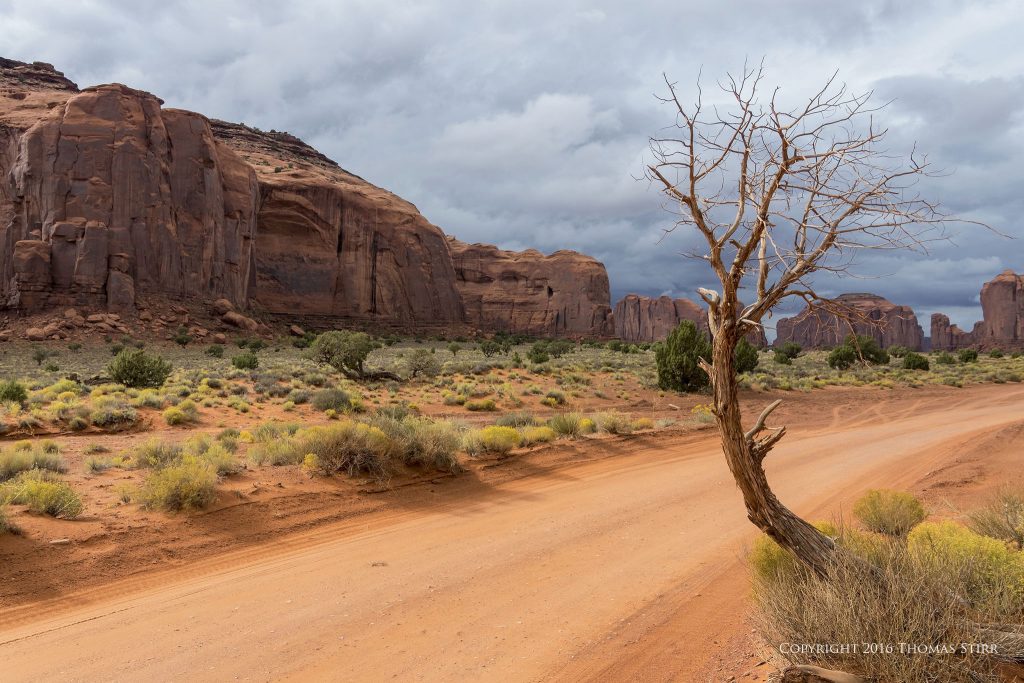
I shoot exclusively with the Nikon 1 system and currently use six Nikon 1 bodies. A trio of V2s, a pair of J5s, and a newly acquired V3. In the past I have also owned a J4 and an S1. So, while I do not have experience with all models I hopefully will be able to shed some light on some of the things to consider when choosing a Nikon 1 body.

Let’s start with a body that most folks should probably be very cautious about considering, the Nikon 1 AW-1. This is a camera that Nikon developed for underwater use, and if my memory serves is the only interchangeable lens underwater camera available.

I think this was a great concept, but unfortunately the AW-1 has been plagued with water filtration problems. I’ve never owned one so I’m not speaking from any personal experience. If you visit the Nikon website and look at the reviews of the Nikon 1 AW-1 you’ll see very polarized opinions. Some folks love the camera and have had no water leak issues, while others have had problems with the camera leaking even in rain, let alone using it underwater. A fellow team writer at Photography Life had the use of an AW-1 for review purposes and it died part way through a rafting trip in the Grand Canyon due to water infiltration while rafting.
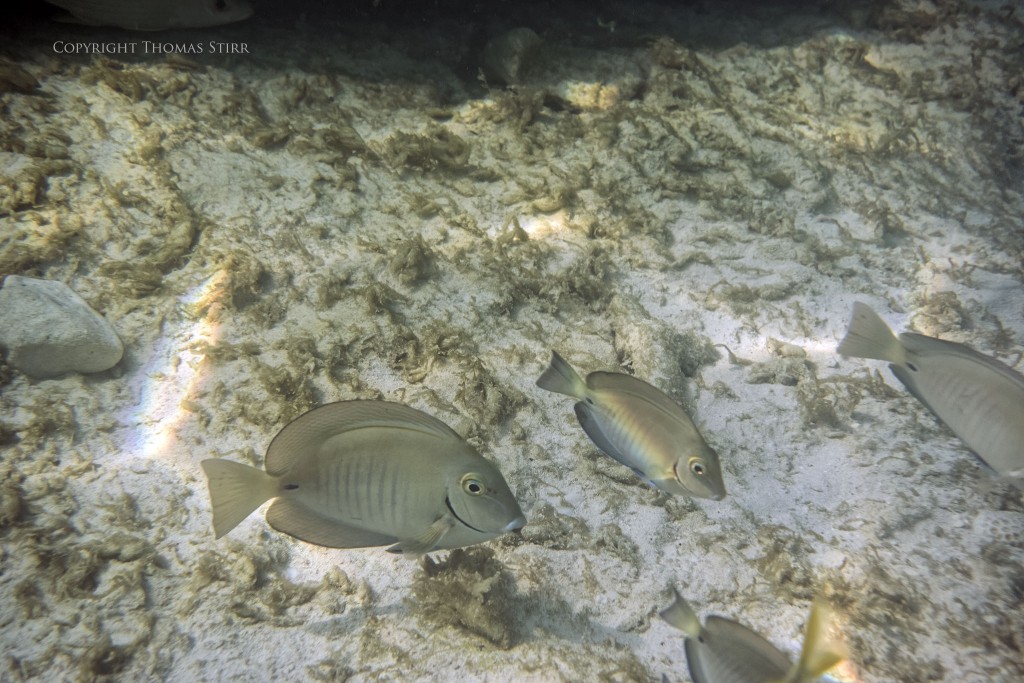
When I was considering underwater Nikon 1 gear I opted for a Nikon 1 J4 along with the Nikon 1 WP-N3 underwater housing. At the time I was able to purchase the housing at an attractive price so the out-of-pocket expense was similar to the AW-1. The housing proved to be excellent and the J4 took very credible underwater photographs and video.

I did not use this underwater set-up nearly as much as I first anticipated and when doing a review of my gear recently I decided to sell it. I reinvested the money from divesting myself of the J4 and WP-N3 into a V3 with EVF and grip.
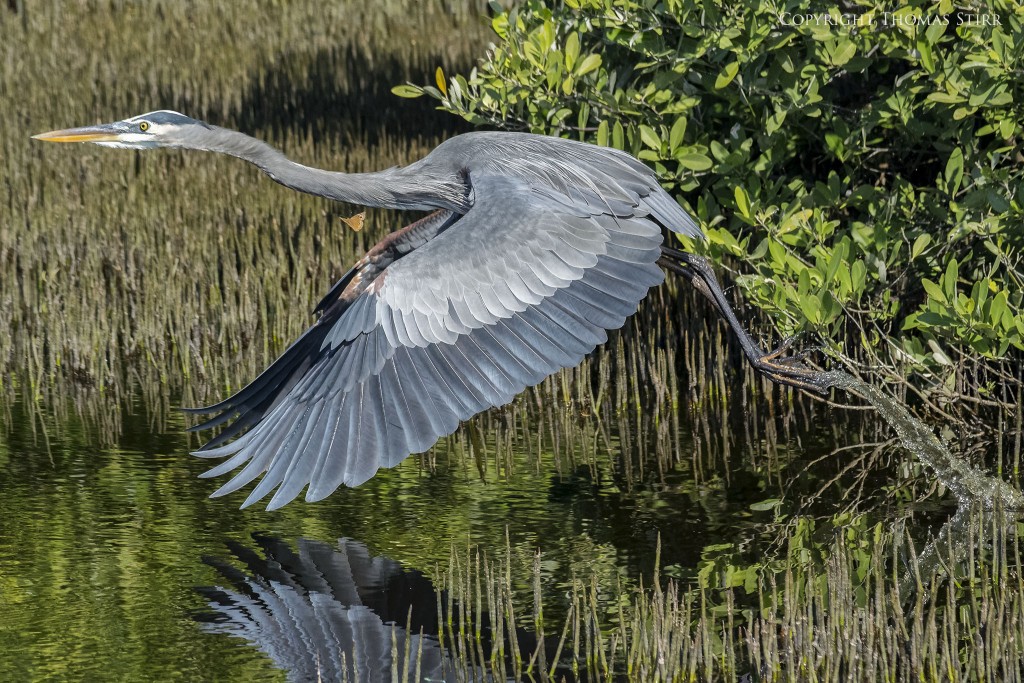
The J4 is a capable enough camera, featuring the same 18.4MP sensor that is in the V3. Sensor performance is very similar to that of the 14.2MP sensor in the Nikon 1 V2 in terms of dynamic range, colour depth and low light performance. So, the same challenges exist in terms of squeezing the most you can out of the sensor in terms of image quality.

The J and S series Nikon 1 cameras do not have viewfinders so you will have to compose your images from the rear screen. For some folks this is a deal breaker. I didn’t initially consider any S or J series models for my own use for that exact reason. The J-Series and S-Series bodies also cannot accept accessories like Nikon 1 flashes or GPS.
I did briefly own a Nikon 1 S1. I bought it in a two lens kit, mainly to get the 1 Nikon 10mm f/2.8 prime lens. While the kit was new and under full warranty, the S1 was an out-of-date model and I was able to buy the entire S1 2-lens kit for less than the cost of the 10mm lens by itself. My wife tried the S1 on our trip to Greece and hated using it, mainly due to glare on the rear screen. As a result I sold the S1 and the 10-30mm kit lens. I still own, and love using, the 10mm f/2.8 prime lens for my client video work.

The J5 has a 20.8MP BSI sensor in it which has noticeably better dynamic range and colour depth performance than any of the Aptina sensors in all previous Nikon 1 models. So, if you are looking for the best sensor performance, and can work with a non-EVF camera the J5 is really an obvious choice. This will be especially important if your photography includes landscapes and flowers.
Here are some DxO sensor test measurements that compare the V2, V3 and J5 models:
Overall score: J5 65, V3 52, V2 50
Colour Depth: J5 22.1-bits, V3 20.8-bits, V2 20.2-bits
Dynamic Range: J5 12, V3 10.7, V2 10.8
Low Light: J5 479 ISO, V3 379 ISO, V2 403 ISO.
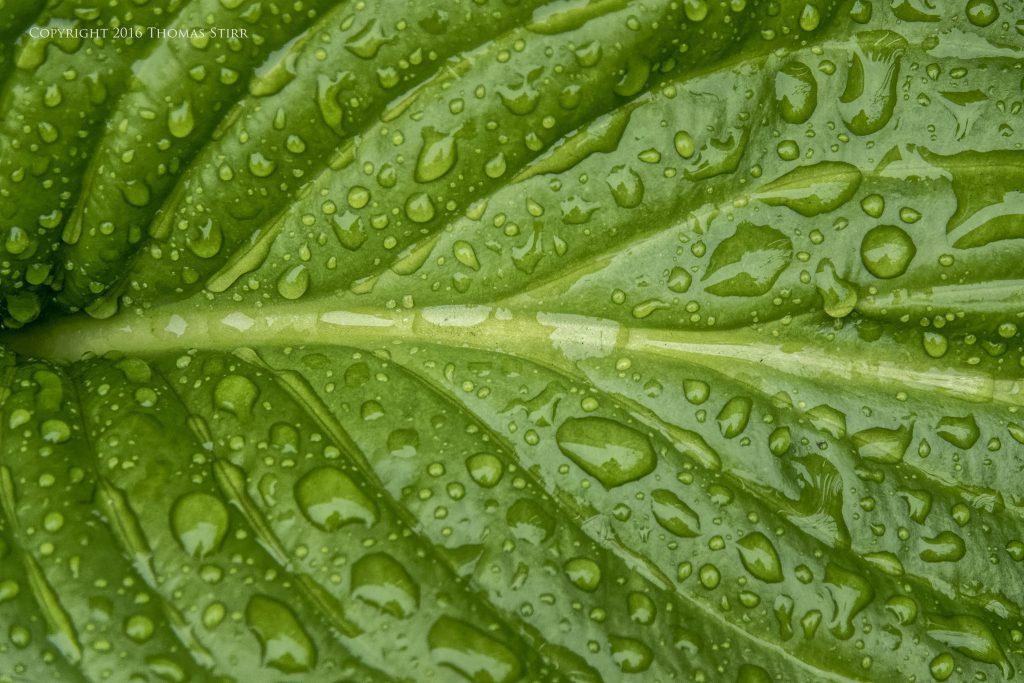
DxO considers a Colour Depth score of 22-bits or higher to be excellent, and a Dynamic Range score of 12EV or higher to be excellent. For most people a difference of 1.0-bits of Colour Depth and 0.5EV of Dynamic Range would be needed to be noticeable. A 25% difference in the low light score is equivalent to about a 1/3 stop in performance. You can see by comparing the test scores that the sensor in the J5 is considerably better in terms of potential image quality. One must keep in mind that sensor performance drops at higher ISOs. This happens with all digital cameras.
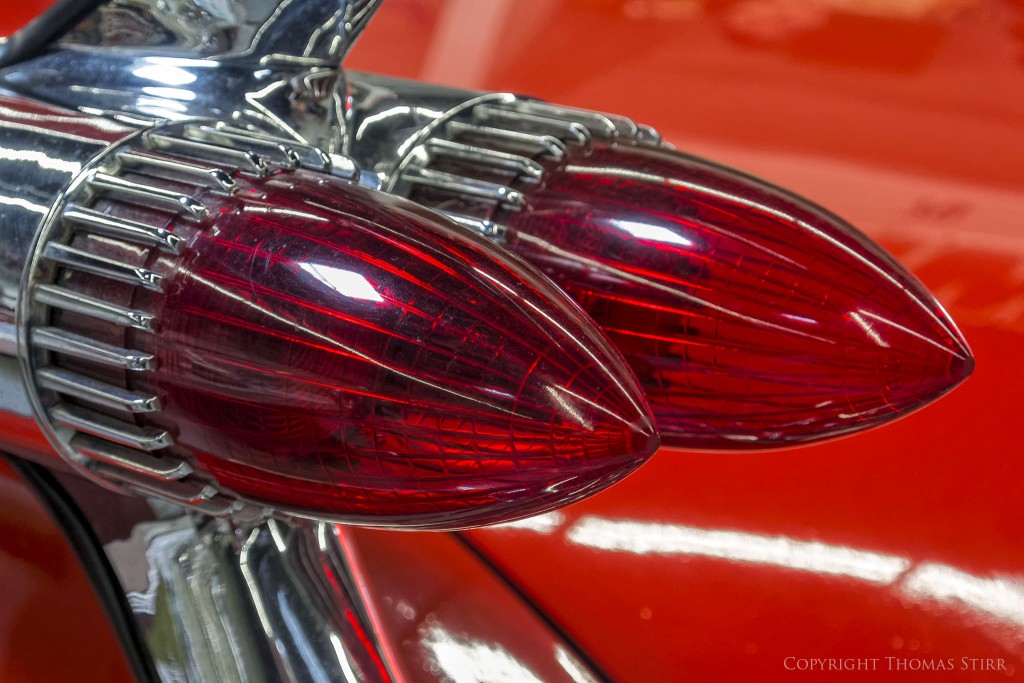
While the J5’s scores are reasonably close to some M4/3 cameras, it significantly lags behind APS-C and full frame cameras from manufacturers like Nikon and Sony. Some Canon cropped sensor cameras such as the 750D (22.7-bits, 12EV, 919 ISO), the 760D (22.6-bits, 11.8EV, 915 ISO), M10 (22.2-bits, 11.4EV, 753 ISO) and M3 (22.8-bits, 11.8 EV, 1169 ISO) do not perform materially better than the J5 in terms of Colour Depth and Dynamic range.
Many people make the assumption that all APS-C sensors will significantly outperform a small sensor camera like the Nikon 1 J5 on all dimensions, but this is not necessarily true. Larger sensor cameras do perform better under lower light conditions.

Another difference in sensor performance between various Nikon 1 models like the J5, V3 and V2 is with measured ISO. The ISOs in your camera settings are manufacturer stated ISOs and do not necessarily represent the ISO at which your camera is actually operating at these settings. It is quite common for there to be a difference between manufacturer stated ISO and measured ISO, even with larger sensor cameras.
There is about a 2/5th of a stop difference between the V2 and the J5 or V3 models. What that means is when shot at exactly the same manual settings and using a manual ISO setting, the J5 and V3 will underexpose an image when compared to a V2. Unless you shoot with multiple cameras simultaneously, using all Manual settings, as I do when doing client video work, this difference probably isn’t of any significance to most people.

Regardless of the Nikon 1 body you choose, shooting in RAW and doing some work with your images in post will help you get the most out of your images. This is because there is about 2.5 to 3 times more digital information in a RAW file when compared to a JPEG.
Some folks use a loupe with their J5. I tried this out a bit and did not like it…but that is just personal preference. The other factor when using a J5 for bird-in-flight (BIF) photography is that the camera has a small buffer which is fairly slow to clear. If you’re going to be using a J5 only on occasion for bird photography then the loupe option may be something that will work for you.

My experience may be completely different than that of other photographers but I had very little difficulty adjusting to a non-EVF camera. After owning my first J5 for a little over a week I bought a second one and use both of them extensively. I now prefer them over my V2s for most of the photography I do. I rarely even think about picking up one of my V2s, although the trio that I own are still the only cameras I use for client video work.
During our recent photography tours to the Western USA and New Zealand I used my J5s extensively and shot almost all of my images with them. The only photographs that I took with a V2 were those of birds and other animals while shooting with the CX 70-300 zoom. The 1 Nikon 10-100mm f/4-5.6 is a great ‘walk-around’ lens to match up with the J5. I estimate that I captured about 65% to 70% of all of my photography tour images with that set-up.

The sensor in the J5 does perform quite a bit differently than the Aptina sensors in any of the other Nikon 1 cameras. For example, I have a number of custom presets I created in OpticsPro which I was using extensively with my V2s. I don’t use any of these presets with my J5s as those files respond differently. I haven’t yet created any J5 presets and I’m not sure that I will need to anyway. With just a couple of minor tweaks to the standard settings in OpticsPro I find that the DNG I export into CS6 work really well for me.
With other Nikon 1 files like those from my V2s I chose to ‘double bump’ the highlights in both OpticsPro and CS6 to ‘thicken’ them up enough to hold as much highlight detail as I can. I also added some sharpening in OpticsPro, often worked on shadows, and a few other tweaks depending on subject matter. All I do with my J5 RAW files now is reduce highlights to about -20 and put all my files through PRIME noise reduction. After exporting a DNG file into CS6 I can finish them off very quickly with some minor adjustments in CS6, and perhaps a minor tweak or two in Nik Suite.

Since the J5 does not have a low pass filter I found adding sharpening in OpticsPro was counterproductive and I really didn’t like how the images looked. This was especially true for birds-in-flight against a bright background, or landscapes with bright blue skies and well defined subject edges like mountains.
The handling on the J5 is significantly better than that on any previous J-Series or S-Series Nikon 1 bodies. Unless you’re buying a Nikon 1 body at a ‘deal’ price on an older model, there really is no reason whatsoever not to buy a J5. It simply is a far superior camera to any previous S or J series model. The exception to that, of course, is if you are buying an older S-Series or J-Series to use with a specific WP waterproof housing since the ones currently available do not fit the J5.
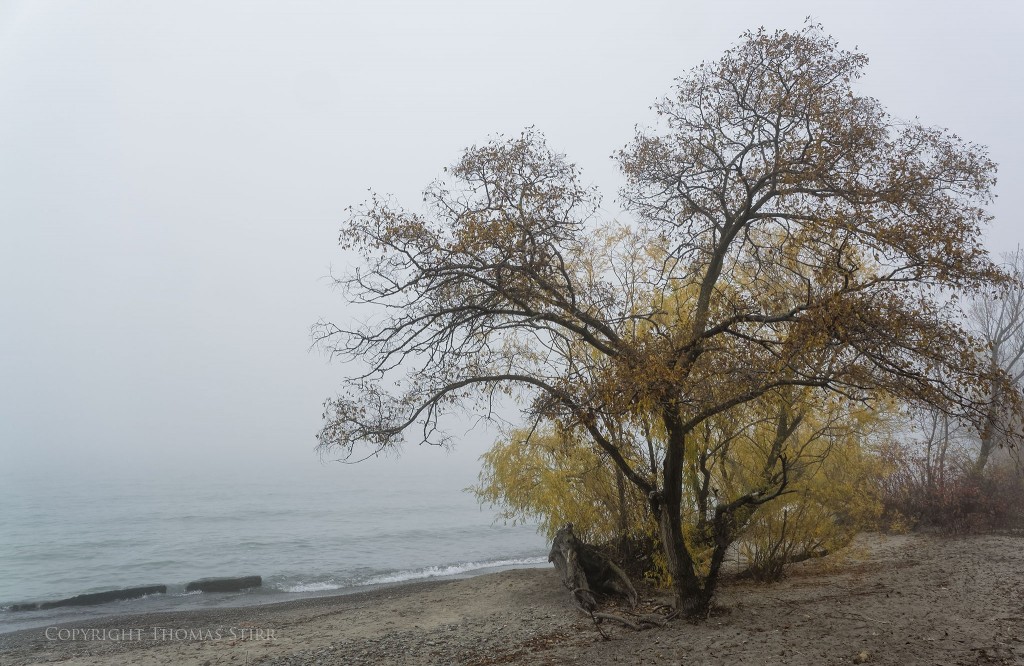
The Nikon 1 V3 is a bit of an enigma. While I have never been a fan of the detachable EVF and grip (and still aren’t), the V3 does handle extremely well with these in place. It is the closest thing to a DSLR experience you can currently have with a Nikon 1 camera. For people looking for a lightweight set-up for birding and other nature photography, the V3 with a CX 70-300 zoom lens is a hard-to-beat set-up when shot in good light.
I was pleased to find out that all of my Nikon 1 V2 presets in OpticsPro work flawlessly with the V3 so from an image processing standpoint there is little difference between the two cameras.
So, where does all of this take us in terms of choosing a Nikon 1 body? I think it comes down to 3 basic choices.
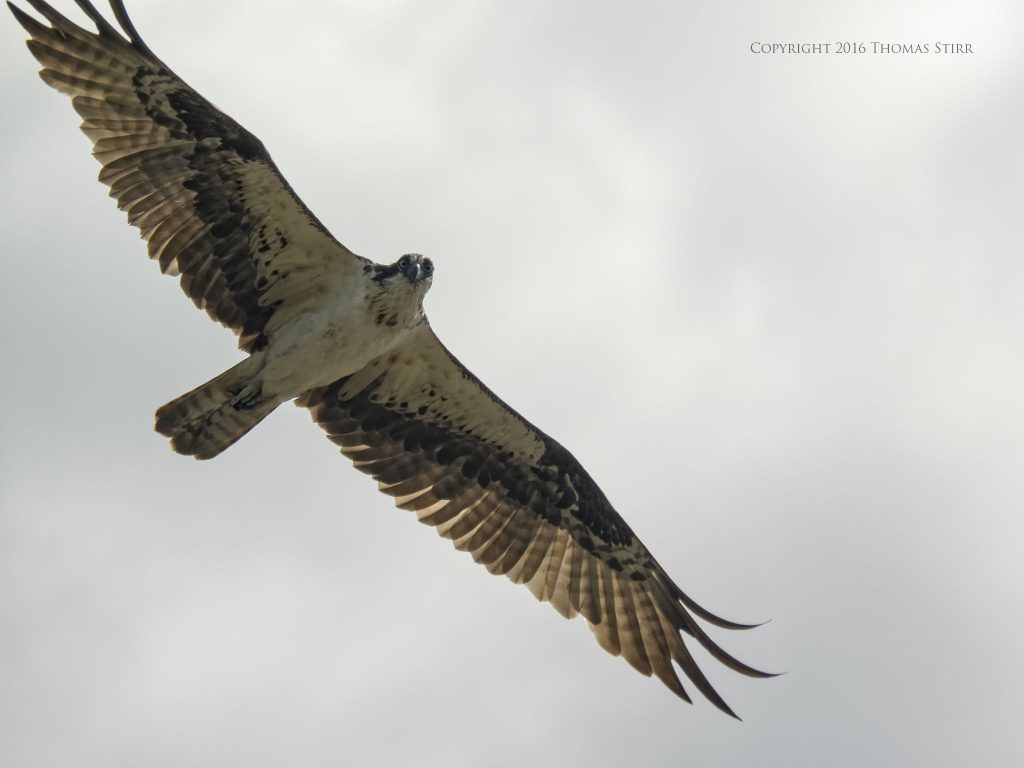
If your main objective is underwater photography and video, choosing an older S-Series or J-Series body with a matching Nikon 1 waterproof housing is likely a better choice than the AW-1. That assumes that you can buy the WP housing you need at a sale price.
If photographing birds-in-flight and other nature subjects (mainly in good light) is your primary camera use then a V-Series camera like a V3 or V2 would make sense. If you want a DSLR-like experience in a small, light package then the V3 is an obvious choice.
If you focus primarily on landscape images, flowers, and street photography, and you can live without an EVF, then the J5 would be the best choice.
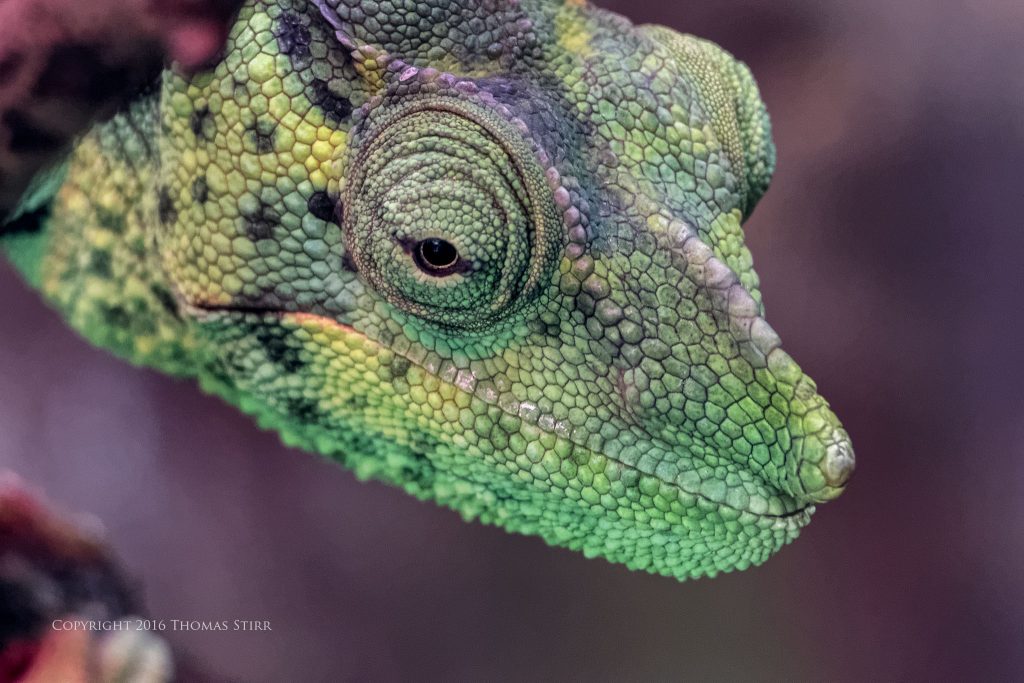
If your main concern is low light performance then a larger sensor camera would make more sense. This can be impacted by your choice of post processing software and its noise reduction function to some degree. It is always a good idea to consider your camera body, lenses and software as an integrated image system.
In terms of the six Nikon 1 bodies I currently own for my business here’s how I use each of them:
Nikon 1 J5 (2): My ‘go to’ cameras for general photography needs including landscape, travel/street images, flowers and close-up photography using extension tubes.
Nikon 1 V3 (1): The primary camera I plan on using for birds-in-flight and nature photography.
Nikon 1 V2 (3): The only cameras I use for client video productions. These cameras are now basically retired from being used for still images so I can extend their lifespan for video work.
If you enjoyed this article you may want to consider our Nikon 1 eBook: The Little Camera That Could.
My intent is to keep this photography blog advertising free. If you enjoyed this article and/or my website and would like to make a modest $10 donation through PayPal to support my work it would be most appreciated. You can use the Donate button below. Larger donations can be made to tom@tomstirr.com through PayPal.
Article is Copyright 2017 Thomas Stirr. Images are Copyright 2015, 2016 Thomas Stirr. All rights reserved. No use, duplication or adaptation of any kind is allowed without written consent. If you see this article reproduced anywhere else it is an unauthorized and illegal use.


Hi Tom,
I am deciding between the V2 and the V3 for use as a birding camera. I’m moving from a bridge camera because I want a bit better image quality, but the prospect of carrying a DSLR and a giant lens in addition to my binoculars does not sound fun in the least. A V2 or V3 with the 70-300 cx lens seems just right for me.
At current prices, it looks like a used V3 and EVF is around $650, and a used V2 about $300. The extra 4 megapixels, the ability to shoot at ISO 12800 (which you’ve shown is surprisingly useable), and the lack of a low pass filter are very appealing, but it comes at about twice the price and money is kind of tight. I’m trying to see if a V3 is worth it, or if I’m just fixating on these features.
If you weren’t saving your V2’s for your video work, would you still be happy shooting birds on a V2?
Great site by the way; I’m sure it will be a very useful resource for me soon.
Hi Michael,
You pose a very interesting question. If you would have asked me that last year before I purchased my V3 I would have answered ‘yes’ and stayed with my V2s. They are solid little cameras that can do a great job.
I reviewed the V3 and did not initially buy one as I found the detachable EVF and grip rather odd (and I still do), and I could not justify the additional cost for my business. Now that I’ve had my V3 for a while I must say that I do enjoy shooting with it. The additional resolution does come in very handy when photographing birds and images are a tad sharper coming out of the camera. The performance of the V2 and V3 sensors are pretty much identical and I haven’t noticed any specific image quality difference between the cameras – other than the tad better sharpness with the V3.
The handling is better with the V3 if you have the grip and it is the most DSLR-like of any Nikon 1 camera. You may also find the touch flip screen quite handy from time to time. So there’s lots to like about the V3. Many Nikon 1 owners may not agree with my assessment, but I think that the AF on the V2 is a hair faster than the V3 under good lighting. The difference between AF performance with the V2 and V3 is a bit more noticeable under low light and overcast conditions with the V2 being a bit quicker. This may not be an issue for you unless you plan to shoot in those kinds of situations frequently.
You will have a bit more flexibility with the AF-C frame rates with the V3 as you can shoot at 10fps or 20fps where the V2 shoots at 15fps. I find that I often use the 10fps setting for larger birds in flight that have slower wing movements. Overall I think the V3 is a bit better birding camera than the V2, mainly due to the additional resolution, optional 10fps and 20fps frame rates, and the absence of a low pass filter. If I could find a good, used V3 with EVF and grip I’d likely buy a second one…but so far I’ve had no such luck. When it comes to birding ‘reach’ is extremely important and the extra resolution of the V3 could be the tipping point.
Tom
Haha Tom I was hoping asking you would make my decision easier. I’m still in limbo here, but I think I’m leaning towards the V2. You’ve captured and posted wonderful images from the V2 and I’d be happy if I could match those. Maybe I’ll make that my goal and treat myself to a V3 down the road if I do.
Michael
The V2 is a great little camera that should do a good job for you. Saving $350 makes it that much sweeter.
Tom
Hi Thomas,
Now that you’ve had a bit more time with the V3 could you make any more observations about the image quality? I know you’ve retired your V2’s from still work to preserve them. Do you find the V3 with the extra megapixels any sharper than the V2? I have a J5 after reading your blog and love the image quality. But I find I struggle to compose on the screen without the viewfinder. I find I sometime just don’t see small distractions at the edges of the frame. I also find it poor at focusing on moving subjects especially with the 70-300. The V2 was really good at moving subjects, but I much preferred the control pattern on the V1 and went back to that for viewfinder photography, despite the V2 having a slight sharpness edge.
Hi Simon,
I’ve have my V3 for a few months now and captured roughly 20,000 images or so with it so I have a better experience base with it now. I’ve come to appreciate the camera a lot more than when I first did my V3 review. Images are a bit sharper than those from the V2, probably due to the lack of a low pass filter. The extra megapixels going from 14.2 to 18.4 do make quite a difference especially when photographing birds. Having more sensor ‘real estate’ with which to work does come in very handy! In terms of colour depth and dynamic range I really don’t see any difference between the V2 and V3. In fact, I use my V2 presets with my V3 images and they work very well. I don’t use any of my V2 presets with my J5 as they are too aggressive for the J5’s sensor.
I think the AF performance of the V2 is very slightly better than the V3 but in most situations it is a wash between the two cameras. AF in lower light conditions is a bit faster with the V2. Overall I’m quite happy with the V3 and I have no regrets buying it at all. For my intended purpose which is mainly birds and nature the V3 does what I need it to do.
In terms of image quality…dynamic range and colour depth are basically the same between the V2 and V3. In terms of image sharpness the nod goes to the V3, and going from 14.2 to 18.4 MP is very helpful, giving another nod to the V3.
Tom
Hi, does the S1 possess the same autofocus system as the V2 and V3 though?
Hi John,
I believe that the S1 has a similar dual AF system which incorporates both phase detect and contrast detect auto focus. If my memory serves the S1 has the same number of AF points as the V2 at about 135, the V3 has more AF points at 171.
Tom
Hello, I’m a street photographer and i’m still very happy with my nikon V1 and 10mm, 18,5mm prime lenses on the streets!
Hi Angelos,
There’s no reason not to be happy! I’ve heard that the V1 is a nice camera and the 10mm and 18.5mm primes are great lenses! I was out shooting a client video today and used those two lenses for most of the shoot.
Tom
Yes, I love doing street work with a V1, especially in the in camera black and white mode.